Torsion of Circular Sections
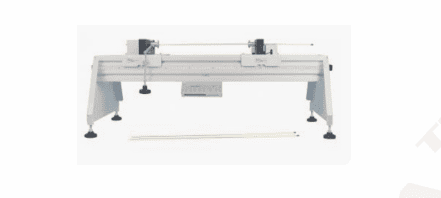
Order Code: 25268431.6
Category: General Lab Equipment V
System Overview This precision apparatus is designed for the experimental investigation of torsional behavior in circular rods. Integrated with the Structures platform for computer-based data acquisition and display, it offers accurate real-time m...
SPECIFICATION
System Overview
This precision apparatus is designed for the experimental investigation of torsional behavior in circular rods. Integrated with the Structures platform for computer-based data acquisition and display, it offers accurate real-time measurement of torque and angular displacement. It is ideal for laboratory use in mechanical and structural engineering programs.
Learning Outcomes
-
Application of the Torsion Formula: Understand and apply the torsion formula to real-world problems.
-
Rod Length vs. Angle of Twist: Explore the relationship between the length of a rod and the resulting angle of twist.
-
Material Properties & Angular Deflection: Study the effect of material properties on angular deflection and determine shear modulus (G).
-
Cross-Sectional Geometry Influence: Investigate how the polar second moment of area (J) affects torsional behavior.
-
Solid vs Hollow Rods: Conduct a comparative analysis of solid vs hollow rods in terms of angular deflection.
-
Mass Per Unit Length vs Torsional Resistance: Examine the efficiency of tubes versus solid rods in relation to torsional resistance.
Included Components
-
Two Chuck Assemblies:
-
One with precision potentiometer (angular measurement: 0–25°)
-
One with load cell (torque measurement: up to 1 N·m)
-
-
Three Rods (length: 700 mm; nominal external diameter: 3 mm):
-
1 x Brass – Solid
-
1 x Brass – Hollow
-
1 x Stainless Steel – Solid
-
-
Additional Components:
-
2 x Connecting Cables
-
Hex Tools for assembly and adjustments
-
Vernier Caliper for dimensional verification
-
Storage Tray for organized equipment management
-
Comprehensive User Guide with theory, setup instructions, and experiments
-
Applications
This apparatus supports detailed experimental analysis of torsional mechanics, enabling students and researchers to explore the effects of material properties, geometry, and structure on torsional behavior. It is ideal for reinforcing theoretical knowledge through hands-on learning.

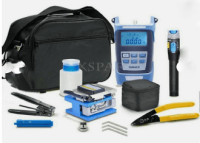
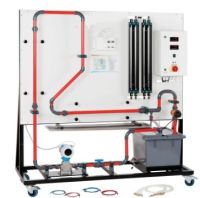
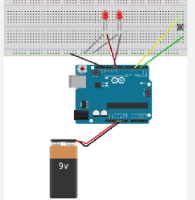
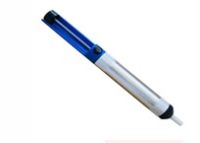
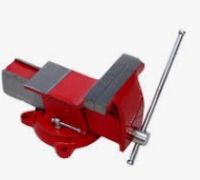
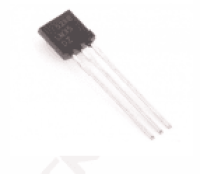
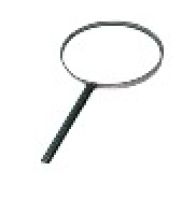
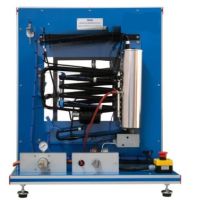
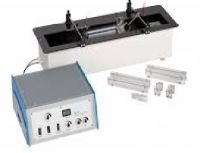

 91-9829132777
91-9829132777